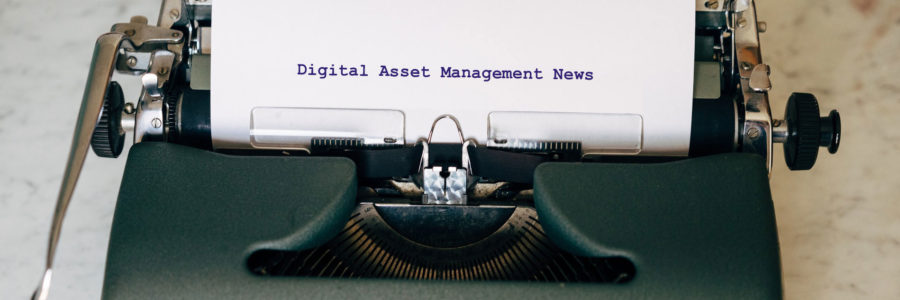DAM News Round-Up – 8th January 2024

A selection of DAM-related articles from around the web, sourced by the DAM News editorial team.
WediaTransfer: the new tool to facilitate your file sharing
DAM software vendor Wedia have just announced a new feature to their flagship platform. WediaTransfer “allows for the sending of large files (up to 10GB) without having to use up any storage within the DAM environment“. Files are sent via email links, with the content itself being stored in a European data centre. Recipients, such as external partners, creative teams and production companies, do not need to have a DAM account in order to access the files.
Generative AI Has a Visual Plagiarism Problem
Engineering, computing and technology information association IEEE has recently published a guest article from scientist and author Gary Marcus and Warner Bros. concept artist Reid Southen highlighting the issue of plagiarism and copyright infringement within generative AI platforms such as Midjourney and DALL-E. This thorough and detailed article focuses on the ability of large language models (LLMs) to reproduce recognisable objects and chunks of information in the training data, and presents a number of case studies demonstrating the ease by which plagiaristic images can be created. Two basic approaches to solving the problem – neither of which are easy or practical to implement – are also presented: filtering out queries and prompts that might violate copyright, and referencing the sources so humans can decide whether the output is derivative. An excellent read for anyone interested in GenAI.
All you need to know about DAM integrations
This recent post from Digital Asset Management solutions provider WoodWing takes a deep dive into the realm of DAM integrations. Floating the common analogy of integrations as digital bridges to and from separate components of your tech stack or workflow, the article covers a broad range of topics including retail integrations with PIM and DAM, AI-powered brand management, user adoption and training, and how to measure the success and ROI (return on investment) of your integrations via the analysis of KPIs (key performance indicators) and other metrics.
The 5 best practices of digital asset management
Marketing technology information provider Martech.org present five best practice guidelines for ensuring your DAM system stays in tip-top condition. Advice includes establishing a thorough auditing schedule, standardising naming conventions, setting up sufficient user roles and permissions, providing adequate training for new and existing users, and regularly monitoring your DAM and its users via analytics and feedback cycles.
Tracy Forzaglia (aka the Mod Librarian) takes a retrospective look at the impact of large language models (LLMs) on taxonomists, ontologists and similar information and knowledge management roles. The article highlights three key areas where “the robots” may still benefit from human interaction and evaluation when creating, curating and cataloguing content: accuracy (e.g. erroneous image recognition or auto-tagging), ambiguity (e.g. having to specify orange as a colour or fruit), and appropriateness (e.g. generating misleading or sensitive information).
Security and Compliance in Digital Asset Management
This recent blog post from DAM vendor Digizuite explores the topic of content security, and presents five ways that a well-configured DAM can assist in protecting and maintaining content security and compliance. Guidance includes access control and permissions, GDPR, version control, authentication and 2FA (two-factor authentication), and using audit logs to keep a watchful eye on your DAM system, users and processes.
Share this Article:
